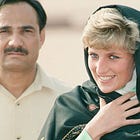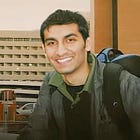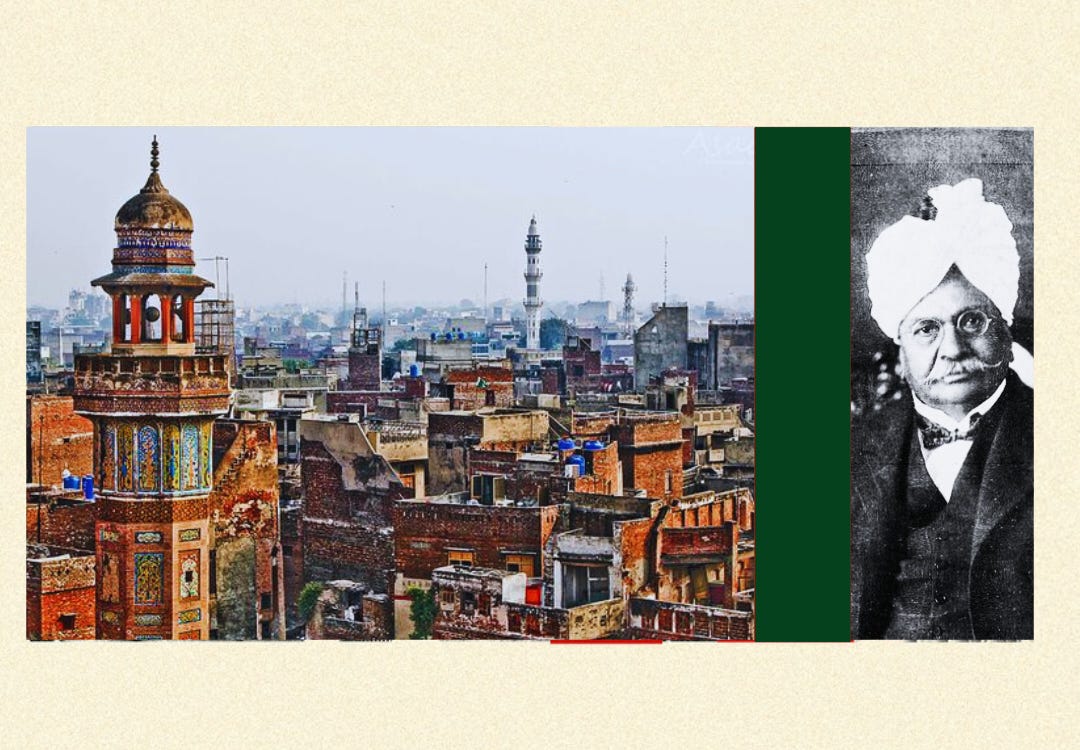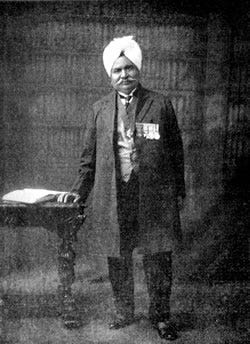Why Has Lahore Turned Its Back On Its Greatest Contributor?
Words by Jalal Tarar
Welcome to the Brown History Newsletter. If you’re enjoying this labor of love, please do consider becoming a paid subscriber. Your contribution would help pay the writers and illustrators and support this weekly publication. If you like to submit a writing piece, please send me a pitch by email at brownhistory1947@gmail.com.
Don’t forget to check out our SHOP and our Podcast.
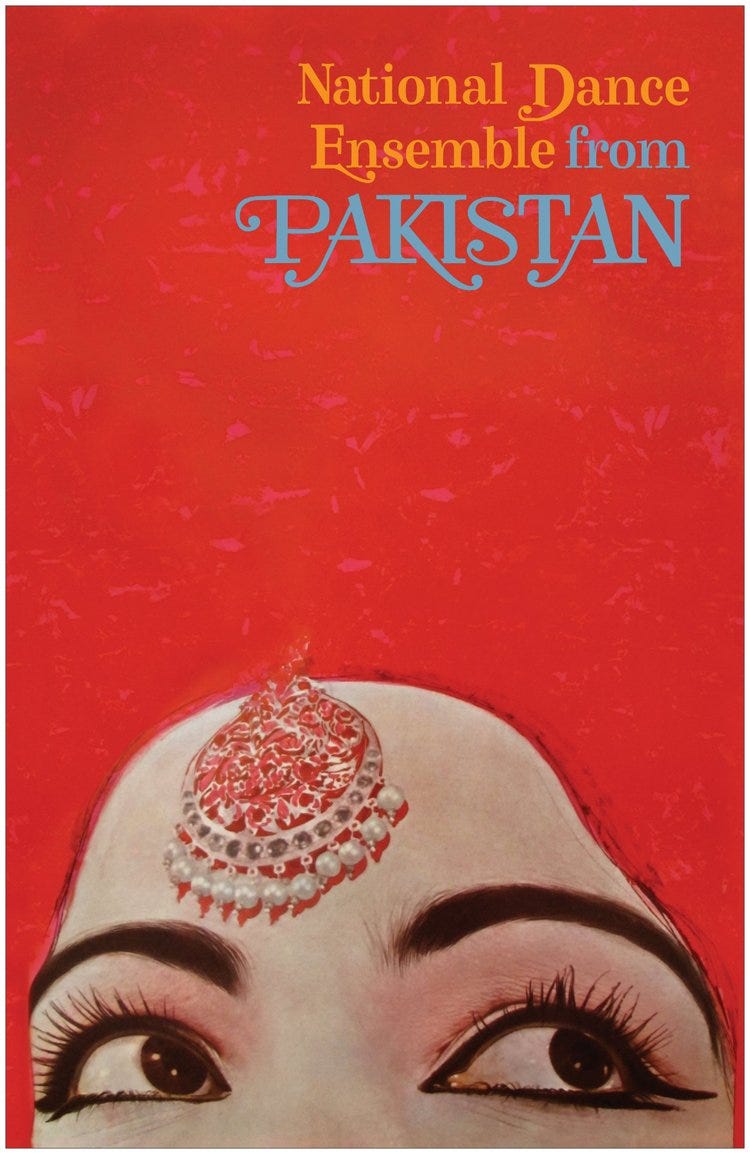
Recommended Reads:
Why Has Lahore Turned Its Back On Its Greatest Contributor?
The Partition of India in 1947 ruptured centuries-old traditions of sectarian commensality. As the Radcliffe Line became green and saffron on opposite sides, a chasm swallowed those in the gray area. One of the many swallowed figures, sadly invisible to the common eye today, is Sir Ganga Ram, one of those legendary men who are loved wherever they are remembered. But today, he is visible only to those who wish to see him.
In Saadat Hasan Manto’s short story The Garland, a frenzied Muslim mob attacks the Ganga Ram Hospital in Lahore during the violent partition riots of 1947. The chaos begins with the crowd savagely beating the marble bust of Sir Ganga Ram that stands sentinel before the hospital, hurling stones, bricks, and sticks at the sculpture. One man even defaces the statue with coal tar. When the police finally arrive, they open fire on a man attempting to drape a garland of shoes around the statue’s neck. Ironically, the injured man is then rushed to the very hospital built by Ganga Ram for treatment. Over the years, countless incidents like this have shown those with an eye for history that the cruel rejection of our shared past and heritage ultimately deceives no one but the fools themselves.
Sir Ganga Ram Agarwal, the abused individual in question, was a visionary engineer, architect and philanthropist of the colonial era whom Khaled Ahmed calls the "Father of Modern Lahore" and, I would argue, patron saint of the Zinda Dilan-e-Lahore (Lively Hearted of Lahore). This was because of his extraordinary contributions to the cityscape; from the General Post Office to the Sir Ganga Ram Hospital, his vision for Lahore in the dying years of colonialism has survived even today. But he has been largely forgotten by his city, which turned towards Islam in 1947.



